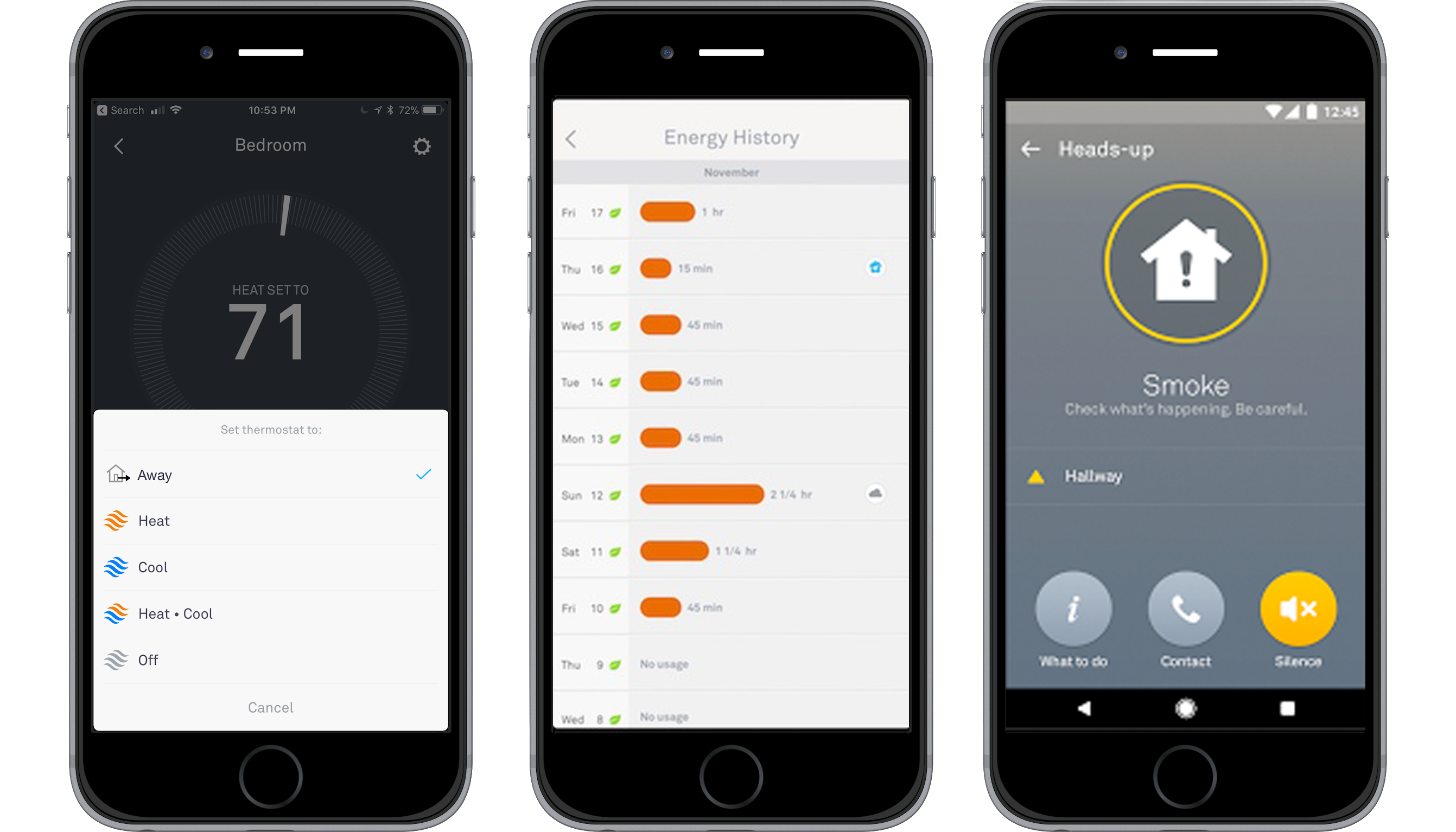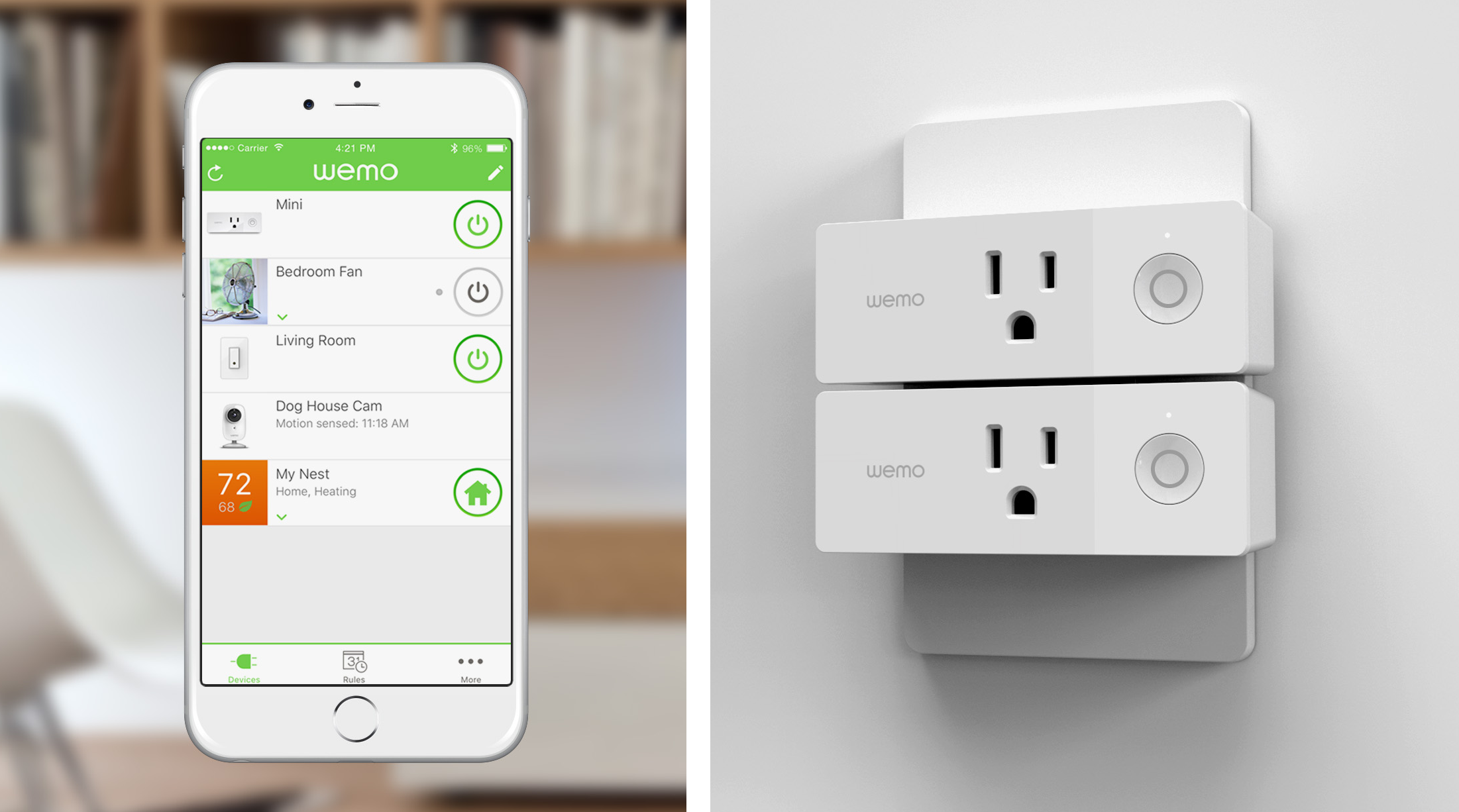Smart Home savings
Energy efficient Smart Home devices that can save you money.
One of the most important benefits of Smart Home control is that it can help reduce the cost of living in your home, with energy savings typically providing the greatest payback. In the not-too-distant past, the best strategies for reducing energy costs included improving your home’s window and door weather-stripping, upgrading wall and attic insulation, or installing a high-efficiency water heater or furnace connected to a programmable thermostat.
Today’s smart devices, coupled to a Smart Home network, will take your home to a higher level of energy efficiency. Thermostats can now program themselves according to your living habits to gain efficiency in day-to-day operation. Smart lighting products turn themselves off at prearranged times, and smart electrical switches can control appliances from smartphones or voice control hubs. Automated window shades can be programmed to keep heat out during the day or to hold heat in at night, reducing demand on a climate control system and lowering utility bills in the process.
Some utilities are currently testing pilot “time-of-use” programs that automatically reduce home energy use when rates spike during peak periods, then increase HVAC run-time when those rates are low. Utilities prefer time-of-use pricing because it helps reduce customer power use when excessively high demand can cause electrical service brownouts and even blackouts. Homeowners with products connected to a Smart Home network are able to access and benefit from them.
Energy rebates.

Local utilities that are hard-pressed to meet peak winter heating or summer cooling demand are also working with retailers and manufacturers to offer rebates to homeowners who upgrade to smart products and appliances. PSEG Long Island offers significant rebates* on purchases of high-efficiency Energy Star certified appliances. Homeowners who buy a top-rated clothes dryer, for example, can get up to $300, and a new heat pump water heater can earn up to $750, plus save you $300 or more in annual energy use.
*PSEG Long Island rebate programs are subject to change. Visit psegliny.com for details.
The Smart Home experts at P.C. Richard & Son work with customers to identify and choose products that earn rebates. “If there’s a rebate available on any product, we let the customer know,” explains one store manager. “We direct customers to our website where the rebate information is easily found. We understand how substantial these savings can be and how important these discounts are to consumers.”
Saving with Nest.

Some of the smartest and most efficient climate control devices are Nest Learning Thermostats, which are compatible with both Amazon Echo and Google Home voice-control networks. Nest was the first thermostat to be Energy Star certified, and according to its manufacturer these devices have saved almost 25 billion kilowatts of energy use since their introduction in 2011.
The convenience benefits of owning a smart thermostat easily justify the initial investment. For example, a Nest quickly “learns” your day and night temperature preferences, then programs itself to adjust your home’s heating and cooling. You can also make changes whenever you want—and from wherever you are—from a smartphone or computer. When you leave home for extended periods, Nest can be set to “away mode” to reduce HVAC output, and energy use, while you’re away. Nest also offers remote sensors that can be placed in other rooms away from the thermostat to monitor and adjust temperatures throughout the house. Studies show that a learning thermostat can save an average of 10 to 12 percent on heating and up to 15 percent on cooling costs, which provides homeowners a fast payback on the product’s initial purchase price. Nest thermostat owners may also enroll in PSEG Long Island’s Rush Hour Rewards program to earn an $85 rebate.*
*PSEG Long Island reward programs are subject to change. Please visit nest.com/energy-partners/pseg-li for more information.
Avoiding unexpected disaster.

Homeowners who prefer a hands-on approach to their energy usage can use their smartphone to view energy use history, track costs, and receive alerts about potential problems like an unexpected temperature drop. In addition, a Nest Protect accessory can monitor for deadly carbon monoxide and automatically turn off your furnace when interfaced with a Nest Thermostat, or detect smoke and shut off the system’s blower fan.
Energy-saving add-ons and accessories.

Other Smart Home products can save on energy costs in various ways. For instance, smart plugs like the Belkin WeMo Smart Plug can help you track energy use and keep electric bills down. These plugs allow you to control almost any plug-in electric or electronic item, such as lamps or appliances, through a smartphone app or home control network. WeMo also allows users to set automatic schedules for plug-in devices to turn on and off.
All you need is Wi-Fi to use a WeMo smart plug, but it does work seamlessly with Google Assistant and Amazon Alexa to provide hands-free voice control over your devices. It can also sync with smart thermostats like Nest, which can prompt WeMo to operate your home’s HVAC system or lighting to save energy or maintain a lived-in look when the house is empty.
Another smart device is the iHome Wi-Fi Outdoor Smart Plug. This weather-resistant device can be controlled via Alexa to wirelessly operate exterior lighting, seasonal holiday decorations and/or Christmas lights, and other small appliances to help conserve energy.
Smart lighting.

Smart lighting products also save energy and money. According to the U.S. Department of Energy, a 60 watt-equivalent LED bulb uses 75% – 80% less energy than a 60 watt incandescent bulb. It provides 25,000 hours of life, while an incandescent bulb is limited to 1000 hours. LEDs also run cooler than standard incandescent bulbs, impacting heating and cooling costs.
Philips Hue energy-efficient LED bulbs let you turn lights on and off, dim them to a desired brightness, and even recall pre-set settings and change the lighting colors through a smart phone app. You can access individual lights or create “lighting scenes” through your smart phone or tablet via the Philips Hue iOS and Android apps, or through Alexa or Google Assistant.
Get smart and save!

Smart savings go hand-in-hand with Smart Home technology, repaying any devices’ initial investment with long term savings. The devices that monitor heating and cooling, water usage, and electricity today are both low cost and low maintenance. Smart device monitoring can even help homeowners avoid costly damage from water, fire or smoke. Some insurance companies even offer discounts for homeowners who employ smart technology in their homes. To learn more about energy-efficient and cost-saving Smart Home products, visit the Smart Home experts at P.C. Richard & Son.
Product Links
The news and editorial staff of Newsday had no role in the creation of this content
















